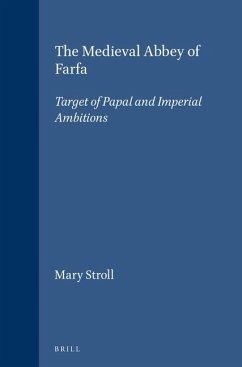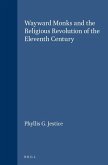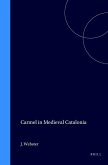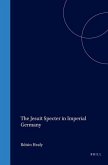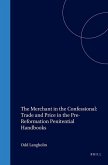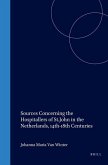This is the first comprehensive study in English about the medieval imperial abbey of Farfa, which played a key role in the period of ecclesiastical reform, beginning in the mid-eleventh century. Its main sources are the Register and Chronicle, compiled by Gregory of Catino, a partisan monk. Controlling strategic property in central Rome and along the coast of Latium, Farfa functioned as a quasi-imperial embassy, supporting the empire in its struggle with the papacy for hegemony. Imperial ties and internal conflicts led to Farfa's loss of liberties and dependency upon the papacy. The book both depicts the competition between the empire and the papacy, and charts Farfa's losing struggle to maintain Benedictine standards and its independence from an expansive papacy.

